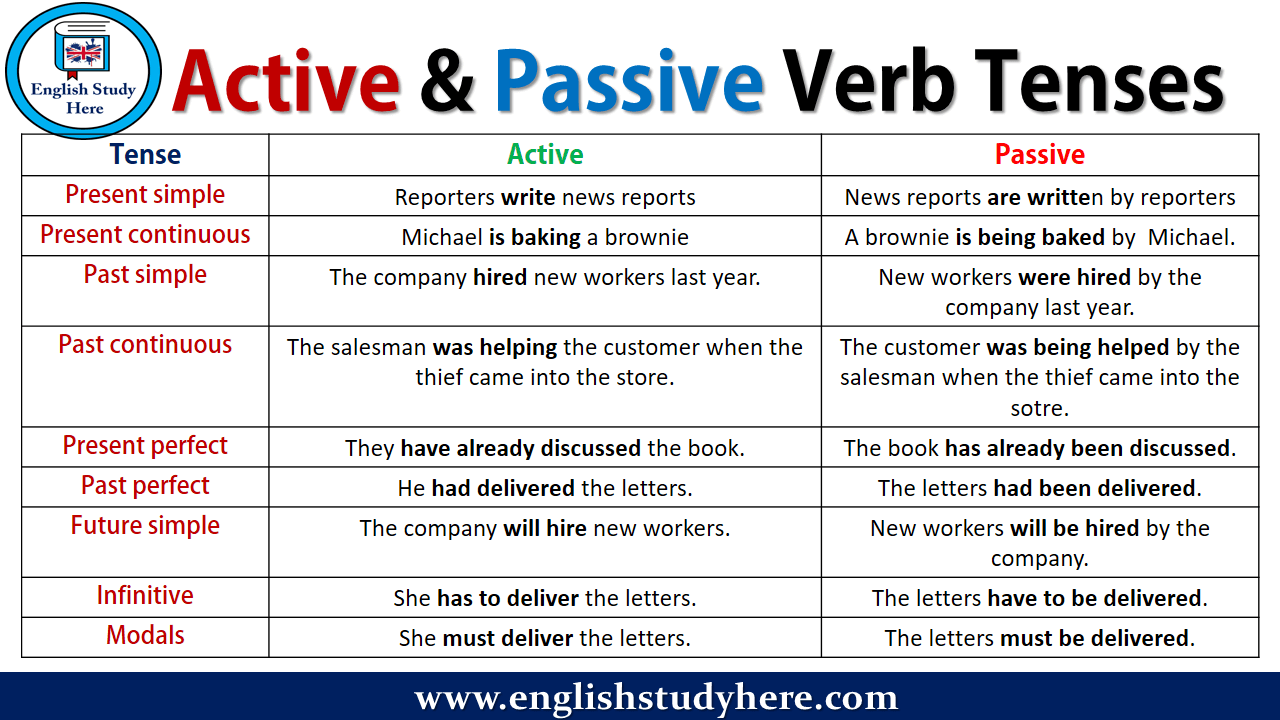When it comes to writing, one of the key elements to consider is whether to use passive or active voice. Both have their own unique characteristics and can impact the overall tone and clarity of your writing. Understanding the difference between the two can help you communicate your ideas more effectively.
Passive voice is when the subject of the sentence is acted upon by the verb. This can sometimes make the sentence seem less direct or engaging. On the other hand, active voice is when the subject of the sentence performs the action. This tends to make the sentence more clear, concise, and engaging for the reader.
Passive vs Active Voice
One of the main differences between passive and active voice is the emphasis on the subject of the sentence. In passive voice, the focus is on the recipient of the action rather than the doer. This can sometimes make the sentence feel more distant or impersonal. For example, “The book was read by the student” is in passive voice, while “The student read the book” is in active voice.
Another key difference is the structure of the sentence. Passive voice often requires the use of a helping verb, such as “was” or “were”, followed by the past participle of the main verb. This can make the sentence feel more awkward or wordy. Active voice, on the other hand, tends to be more straightforward and to the point. For example, “The cake was baked by Sarah” (passive) vs “Sarah baked the cake” (active).
When deciding whether to use passive or active voice, consider the impact on the overall tone and clarity of your writing. Passive voice can be useful in certain situations, such as when the doer of the action is unknown or when you want to emphasize the recipient of the action. However, active voice is generally preferred for its directness and engagement with the reader. By being mindful of when to use each, you can improve the overall quality of your writing.
In conclusion, understanding the difference between passive and active voice is essential for effective communication in writing. By choosing the right voice for your sentences, you can convey your ideas clearly and engage your readers more effectively. Experiment with both styles to see which works best for your writing style and the message you want to convey.
